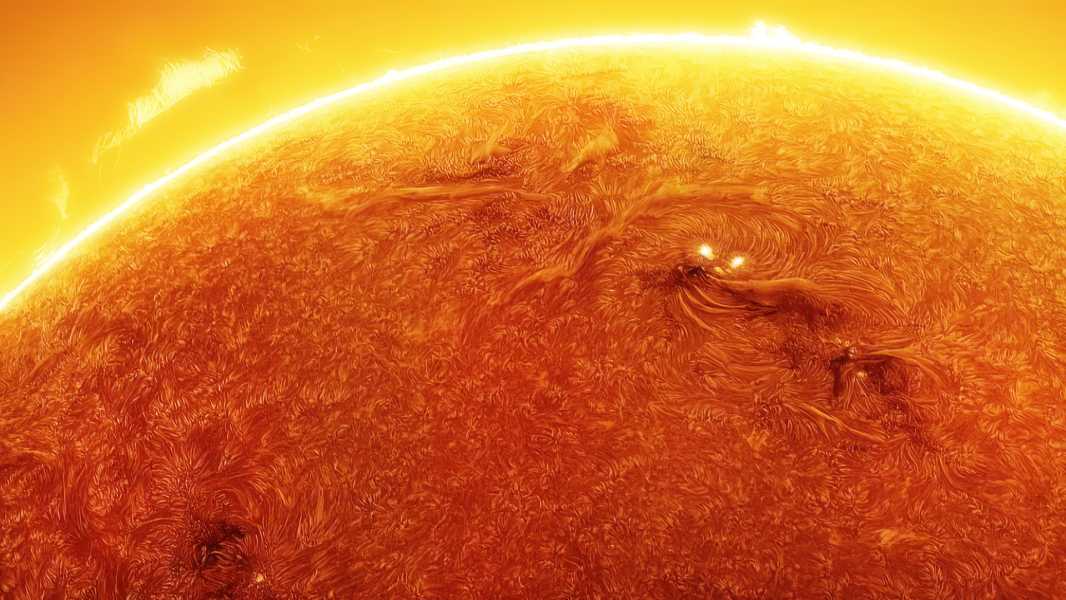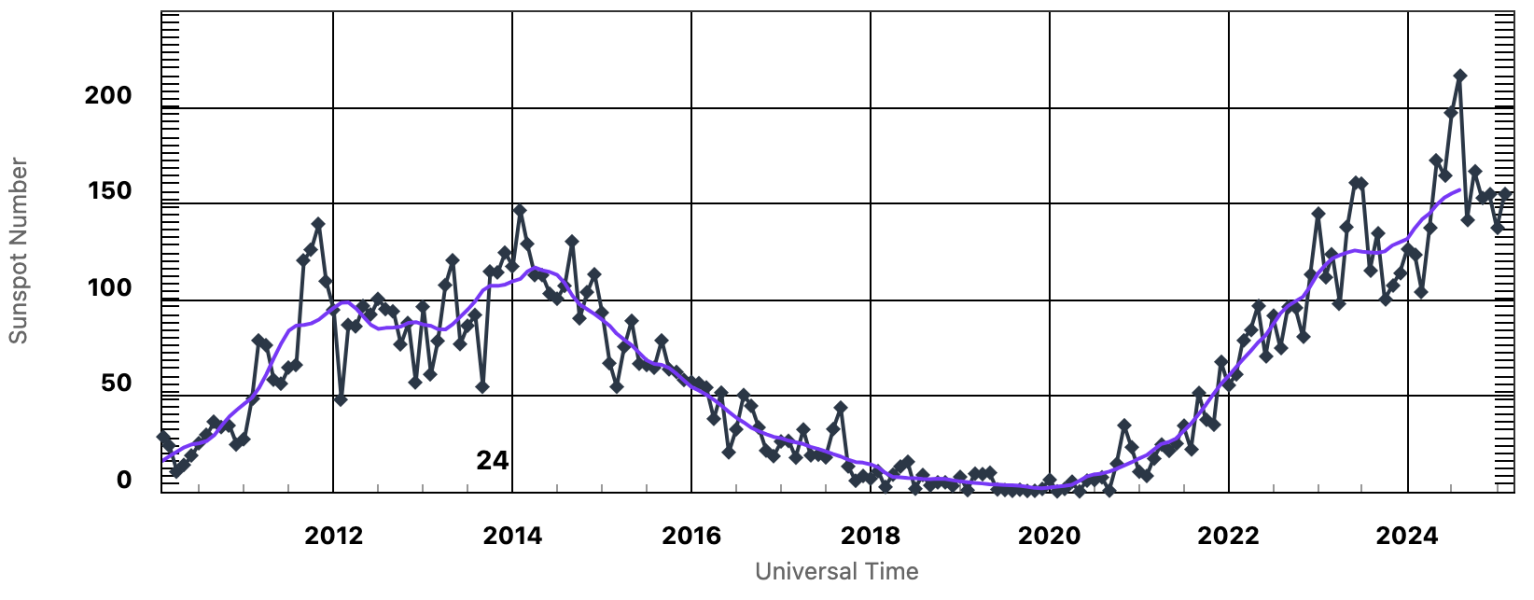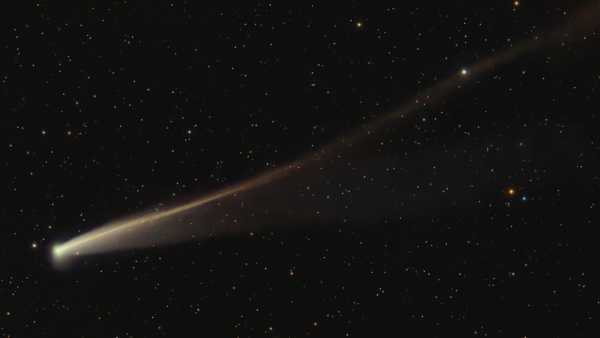
Is Solar Maximum Over? Or Is It Still To Come? (Image Credit: Javier Zayas Photography via Getty Images)
We know that the sun has reached its peak level of activity, known as solar maximum. But are we still in this phase, or is solar maximum already behind us? Let's look at what the data shows.
Although it is not visible to the naked eye, the sun appears to be quite dynamic. On its surface, areas of high magnetic fields appear as dark sunspots. Above sunspots, active zones in the solar atmosphere generate solar flares and coronal mass ejections (CMEs), which can affect Earth through space weather.
However, the frequency of sunspots, solar flares, and coronal mass ejections varies. It fluctuates over the 11-year solar cycle. At the minimum of this cycle, called solar minimum, months can pass without a single sunspot. And at the maximum, called solar maximum, sunspots, flares, and coronal mass ejections are common.
We have been observing solar cycles for hundreds of years, recording the number of sunspots on the Sun. Since December 2019, when Solar Cycle 24 ended and Solar Cycle 25 began, we have been in a new cycle. Cycles typically last about 11 years, but the exact length between successive solar minima can vary from cycle to cycle.
At the start of Solar Cycle 25, the National Oceanic and Atmospheric Administration (NOAA) Space Weather Prediction Center released its official solar cycle forecast, based on consensus forecasts from the scientific community. The forecast predicted that the maximum solar activity of 101.8 to 125.2 sunspots per month would occur around July 2025.
However, Solar Cycle 25 has already exceeded its predicted maximum, reaching a 13-month smoothed value of 156.7 in August 2024. This value is defined as the average of the month, taking into account the six months before and six months after it (a total of 13 months). Therefore, there is a six-month lag before this value becomes available, and August 2024 is the last data point as of March 2025.
This smoothed value will likely continue to increase, but it depends on the total number of sunspots in the coming months. It is the peak of this 13-month smoothed curve — not the highest individual month — that determines the solar cycle maximum.

NOAA ISES solar cycle sunspot number dynamics from 2010 to present, showing the progression of solar cycles 24 and 25 (to present). Black dots represent monthly data, and the purple line shows the smoothed 13-
Sourse: www.livescience.com





